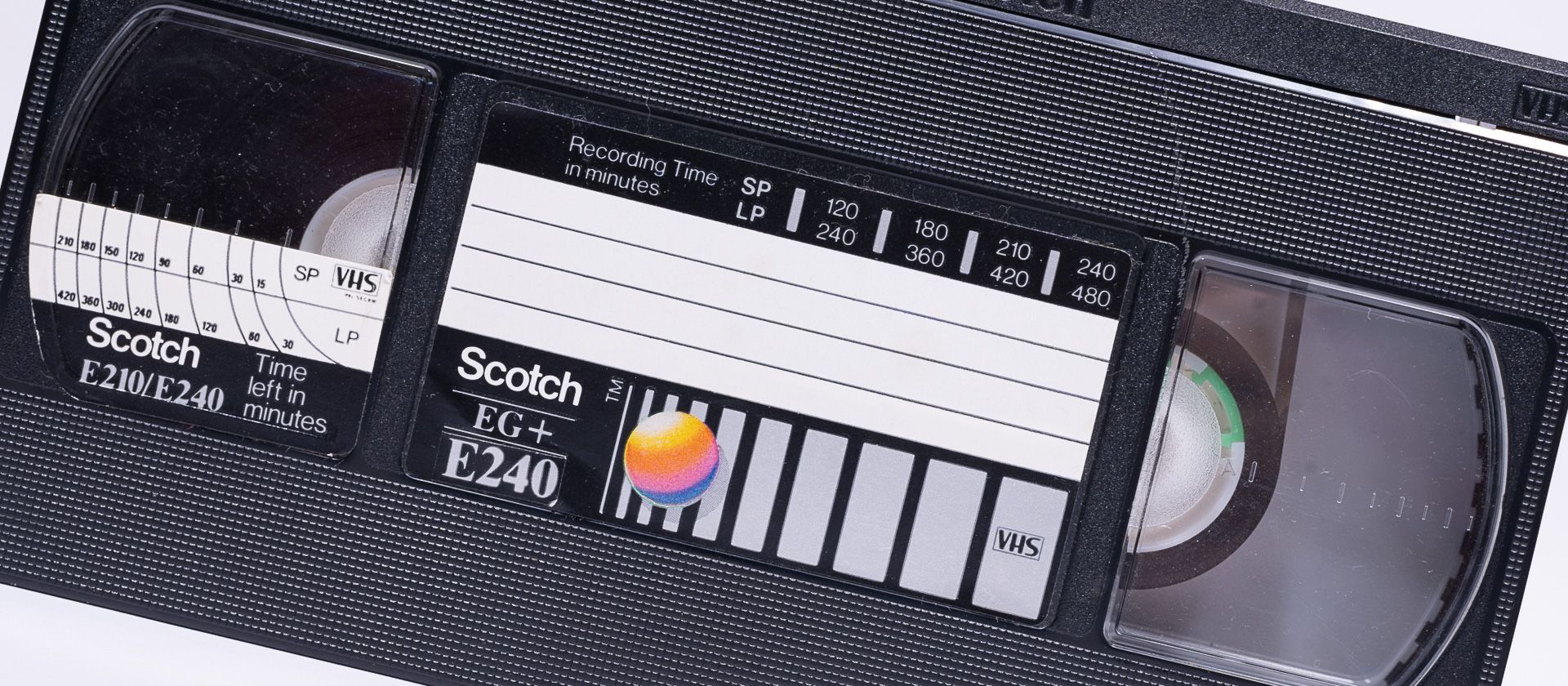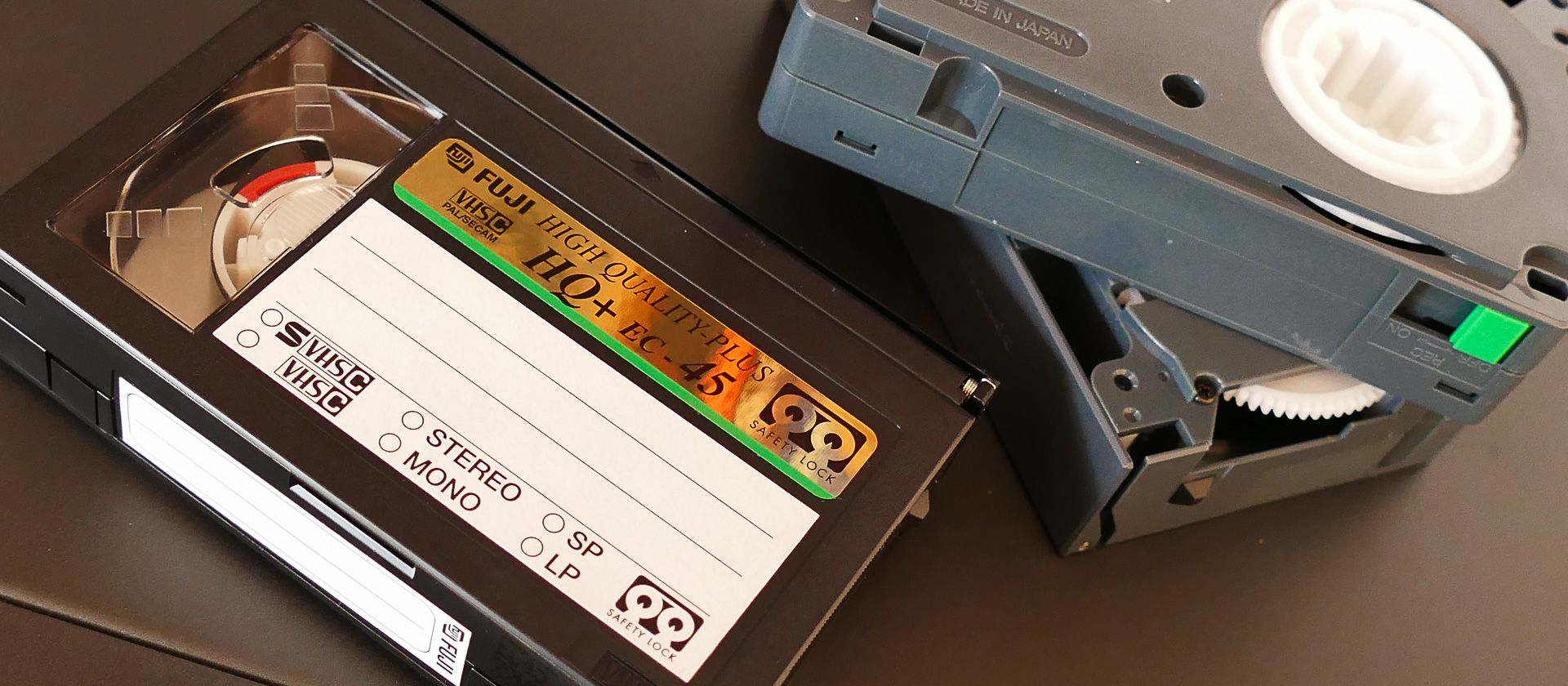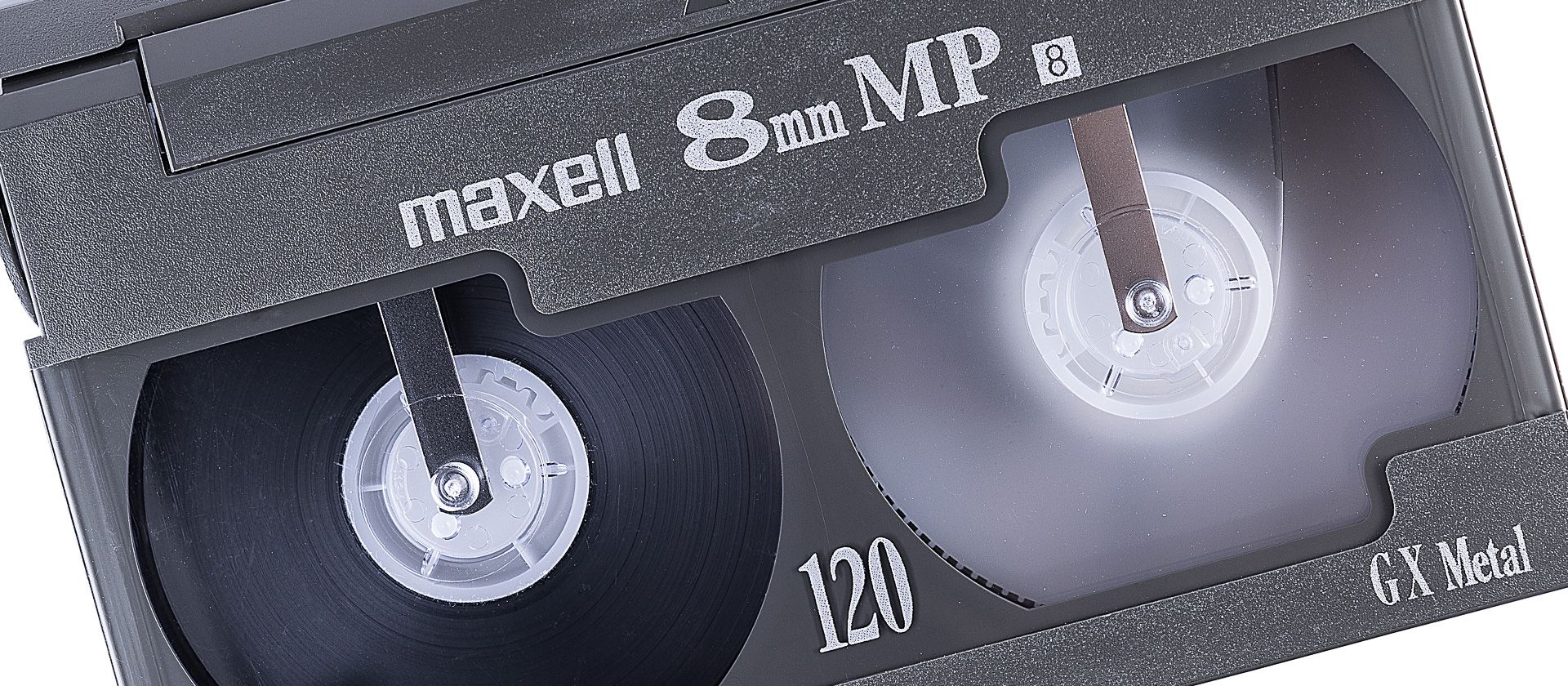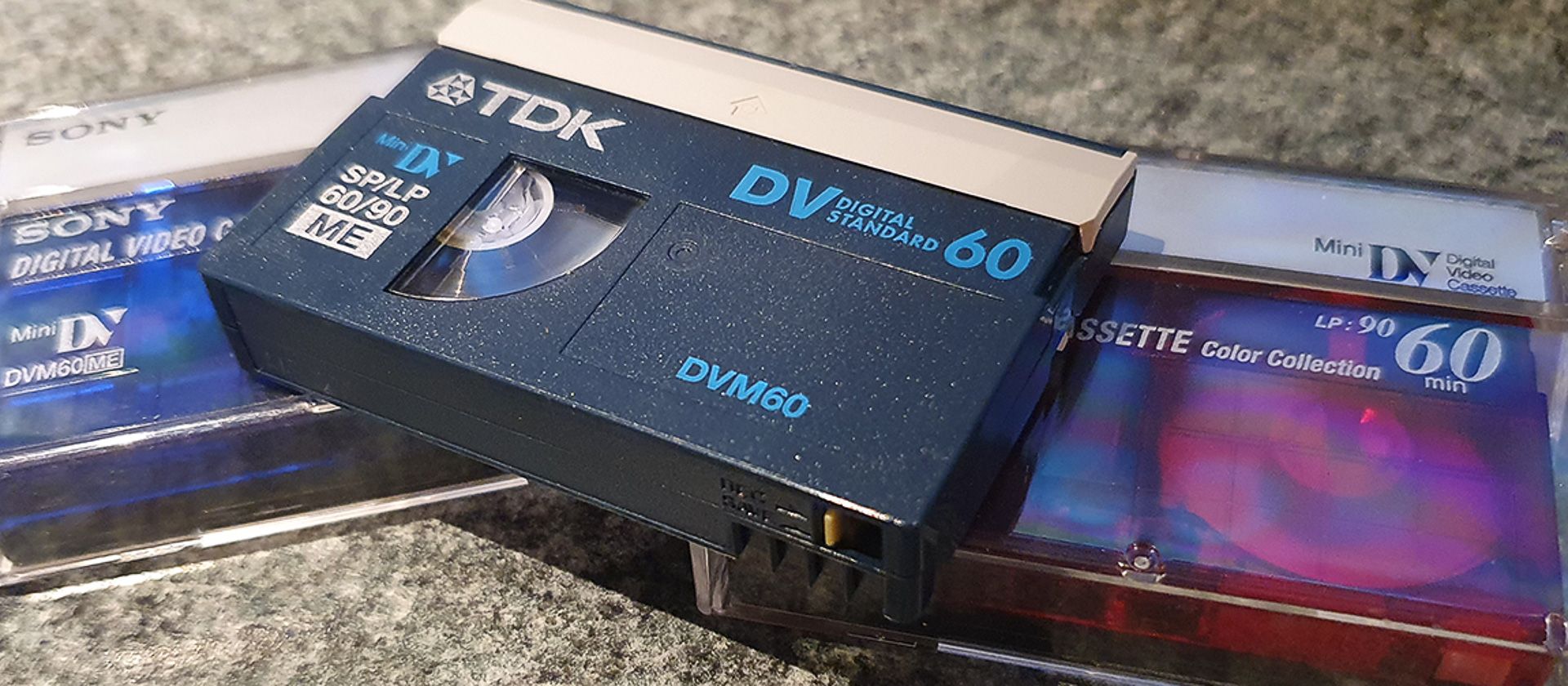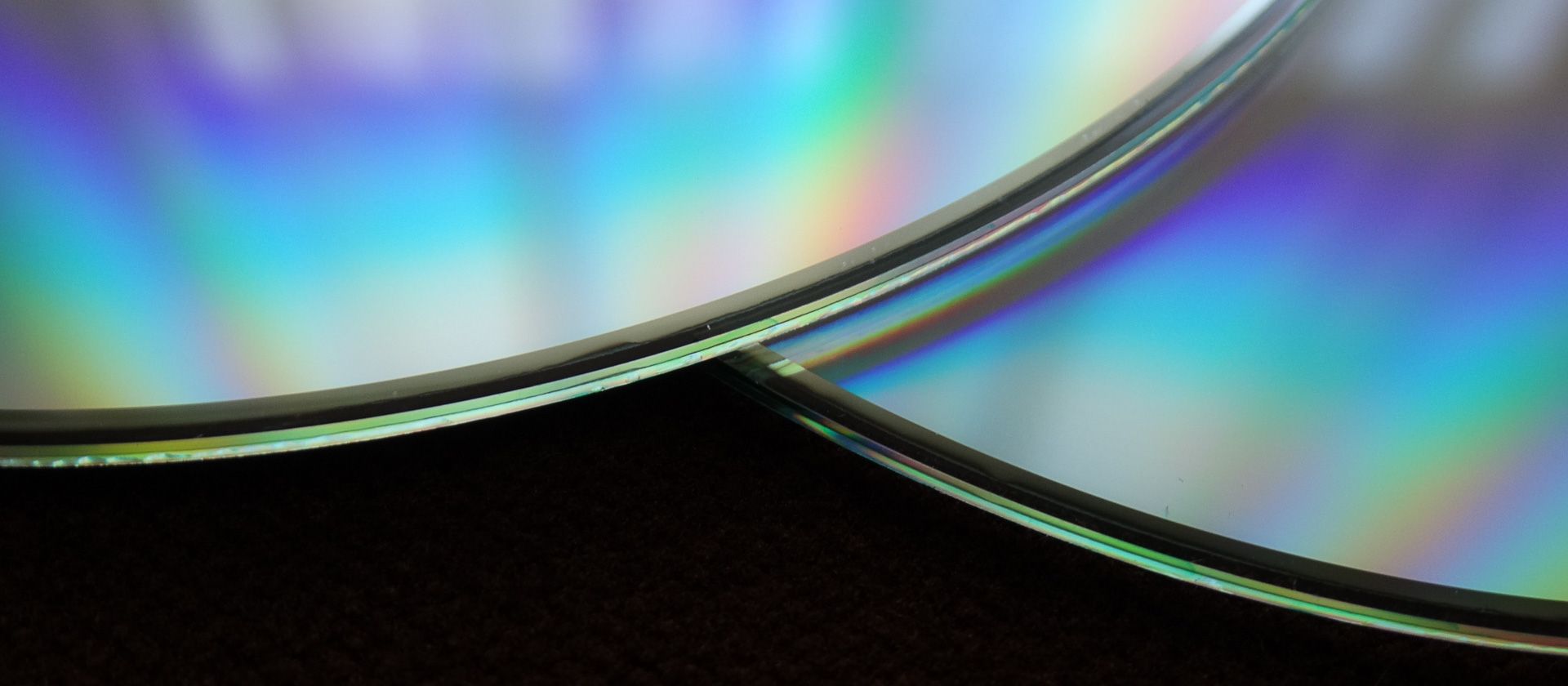
What quality should I expect?
The short and slightly annoying answer is "it depends".
The slightly less short and marginally less annoying answer is "original recordings, on quality tape, stored well, played on modern TVs, can look surprisingly good"
A much longer but actually probably more annoying answer follows. Be warned. This isn't supposed to be an in-depth technical analysis of resolutions and recording formats. That's an impressively deep rabbit hole for which Wikipedia is an excellent start if you're either interested or suffering from insomnia. What follows is simplified to at least give you a chance of staying awake to the end without a banging headache!
Original Recording Quality
Firstly it obviously depends on how good the recording is. That's not a criticism of your camerawork - none of us are Stephen Speilberg! I mean whether it was recorded onto decent tape in the first place, and how much that tape has degraded over time. You are only going to get a digital copy of what's left on the tape, so unfortunately if it has already started to break down, you will see that in your digital file.
The magnetic structure of the tape does degrade over time even on high end tape and if your tapes have been somewhere damp or humid you can even end up with sticky mold on the tape's surface which won't do it any favours. In fact it'll make it way more likely that the tape will snap and have to be repaired.
Also, if your tape is a copy from an original camcorder tape (quite common with 8mm camcorders footage copied onto VHS to make it easier to play back on your VCR/TV) then it's likely you'll already have lost a little quality already. If you can use the original tapes then so much the better.
Recording Format
Assuming however that it's an original recording, you used a decent tape and it's been stored in optimum conditions all these years, the next major factor is the format of your tape .
With the exception of Mini DV HDV and some high end professional formats, most tape based camcorders recorded in Standard Definition (SD 720 pixels x 576 pixels) as the vast majority of people had Standard Definition TVs even towards the end of these camcorders lives.
If you look at the diagram below, all but the two digital formats (Mini DV and Digital 8) actually recorded even less information horizontally than the 720 pixels we'd expect to have to fill an SD screen.
The upshot of this is that even on an old style TV the picture wasn't necessarily all that sharp, but no-one expected it to be any better than the ubiqitous VHS standard, and recording/watching the events was more important that geeking out over sharpness. It still is. Anyway...
Move forward a decade or so suddenly everyone is playing back this SD footage on HD screens which have four times the pixel area. But unless you want to watch a small picture in the middle of the screen, the picture has to be stretched out over approximately double the amount of pixels horizontally and vertically. To stop the resulting image turning to mush, many TVs and some video/DVD players come with built in Upscalers that work to sharpen this "blown-up" image. This doesn't make SD footage into real HD footage, but it's considerably better than nothing.
Another decade or so onwards and now most new TVs are 4K - four times the pixel area of HD...and 16 times the pixel area of even the best SD Digital Camcorders. Again, the built in Upscalers in modern TVs do a pretty good job of faking a 4K image from even an SD source. But they aren't magic and they can't create detail that isn't there in the first place.
So bottom line. If you can play your footage on a modern TV it'll actually be surprisingly acceptable, probably better than it looks on most computers...just don't expect it to be razor sharp and "HD". And don't get too up close and personal with the screen or you will see the cracks beginning to show!

